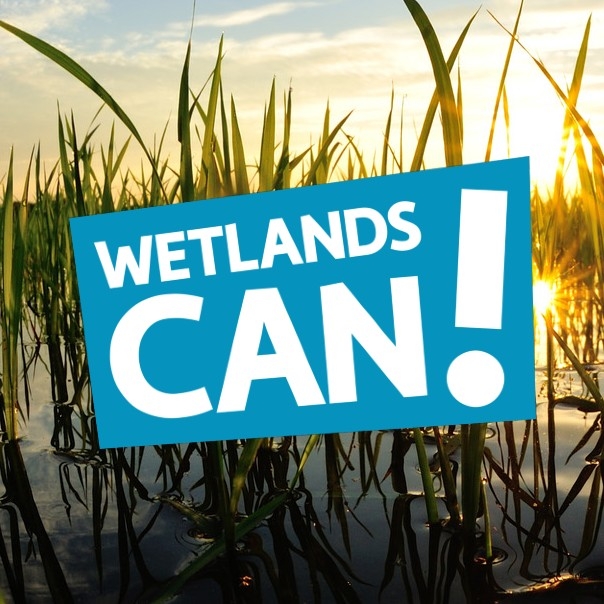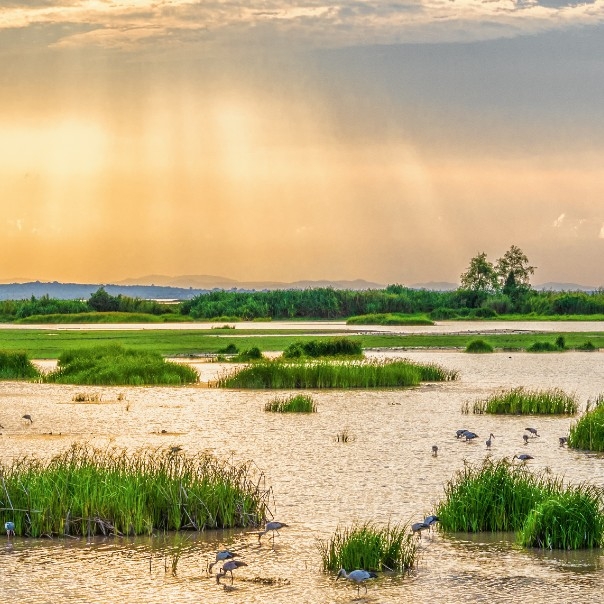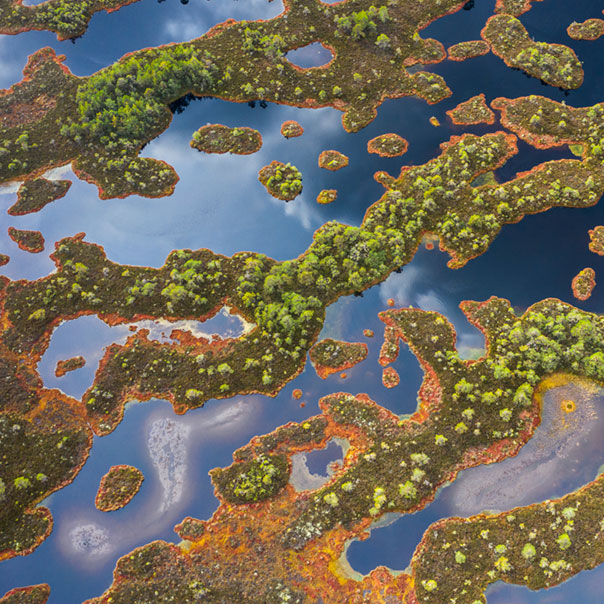How wetlands work
Wetlands are amazing for so many reasons, but there are four ways they work that can really make a difference.
We know that wetlands have always been a fantastic habitat for wildlife. Now, it’s becoming increasingly apparent how relevant they are to the challenges faced by the UK, and the world.
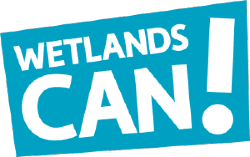
…store huge amounts of carbon
We can help address climate change by using natural solutions. We have to change the way we live, but we can also increase how much carbon we offset. Wetlands can play a key role in limiting the amount of carbon in the atmosphere, by trapping the carbon in their soil. Coastal saltmarsh in particular has been shown to be an incredibly effective ‘carbon sink’.
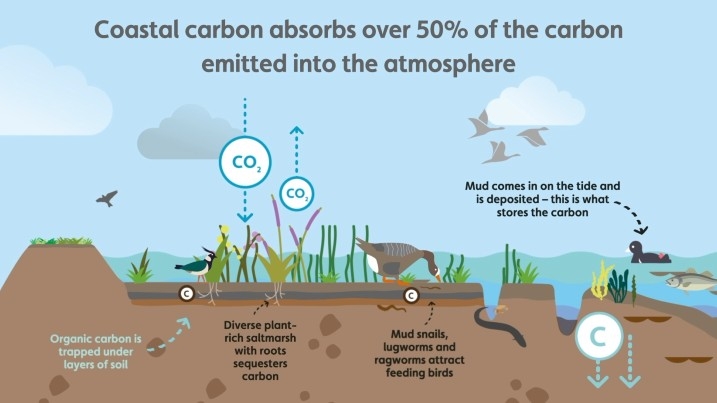
At WWT Steart Marshes, a site of 300 hectares of newly created coastal saltmarsh in Somerset, 26000 – 34000 tonnes of carbon were stored between August 2014 to October 2018. This is equivalent to two million trees grown for 10 years.

…absorb floodwater like sponges
Flooding is potentially the biggest natural risk to human life in the UK. Figures show that England had its fifth wettest autumn on record in 2019.
As our urban areas become denser and less green, the rain runs off sheer surfaces like roofs and vehicles, rushing into our drains and overwhelming them. Urban wetlands like those we have installed in Enfield and Slough absorb the water and create wildlife habitat.
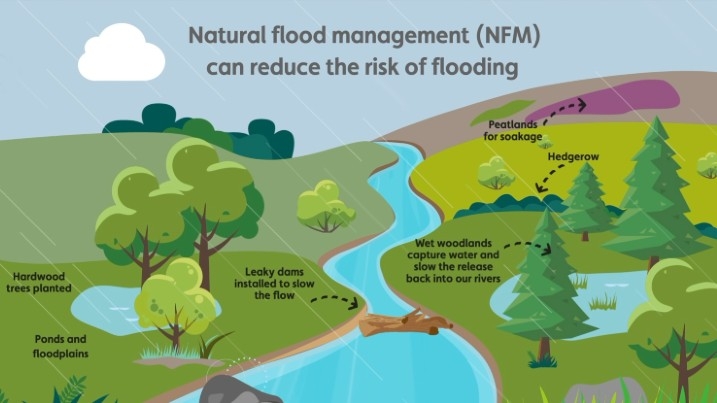
In the countryside, we can use natural wetland features like ponds, wet woodland and leaky dams to hold excess floodwater upstream and slow the flow of water downstream.
WWT have installed wetland features like these around Williton in Somerset. They are an excellent, low-cost intervention, and are helping to reduce the risk of flooding in this area. They work in balance with traditional ‘hard engineering’ solutions.

…improve freshwater biodiversity
The UK’s biodiversity in in freefall. We are one on the most nature-depleted country in Europe. Currently, only 16% of English water bodies are classified as being in good ecological status and every single one fails to meet good overall status.
Wetlands help to clean our water and restore biodiversity by removing nutrients, pesticides and sediment from agricultural runoff and filtering pollutants from industrial and road runoff in urban areas.
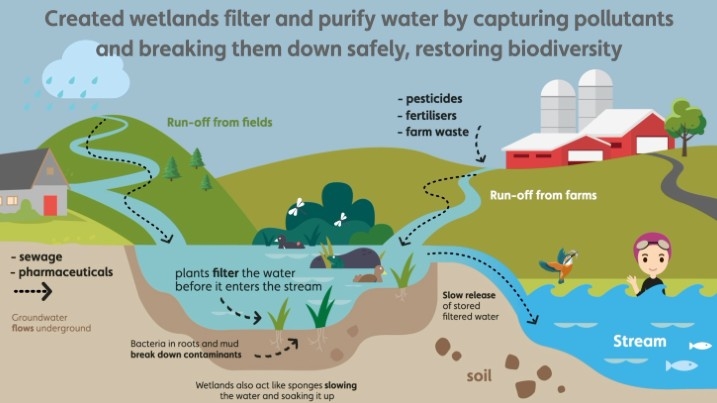
Improving the water quality will allow more of our waterways to reach ‘good’ ecological condition, restoring freshwater biodiversity and other species in the wider ecosystem. These wetland systems are made of mosaics of habitats, from open water to reedbed, marshland to shallow swamp, so they attract a wide range of wildlife. As well as producing fresher, cleaner water for people too.

…restore our wellbeing
We want to recapture the connection between people, wildlife and the wetlands that once drew us to them. Humans are a part of nature as much as any species, yet we’ve segregated ourselves over the years, and are now facing a global health crisis. Poor mental health represents one of the UK’s biggest health challenges accounting for 40 per cent of GP appointments and affecting 1 in 4 people each year.
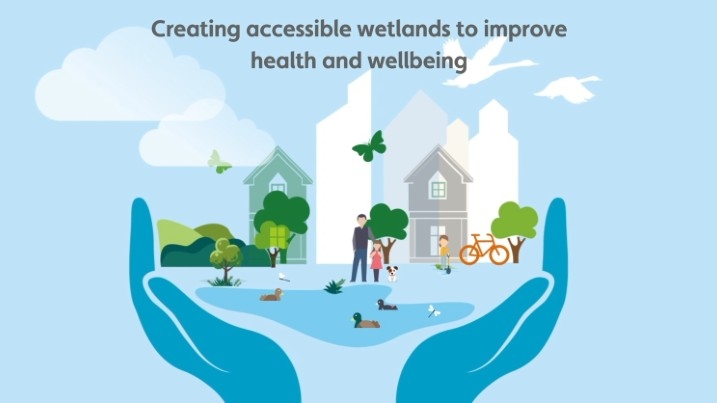
Much of our urban environments keep nature at arm’s length. But our research has shown that engaging with wetland nature can reduce stress and improve wellbeing. Creating blue spaces in urban areas such as Slough allow people to get out and enjoy ‘watery’ nature right on their doorstep, where before there would have been wasteland. And schemes like our Blue Prescribing Project help those with little access to wetlands discover new experiences and improve their wellbeing.
